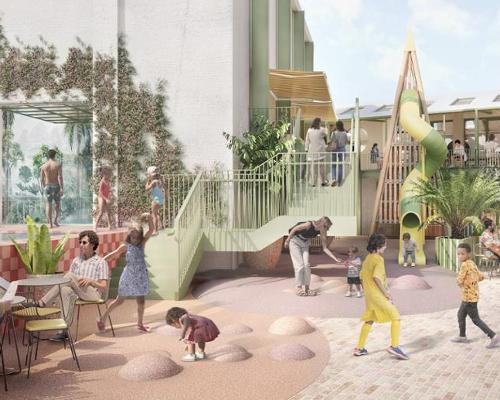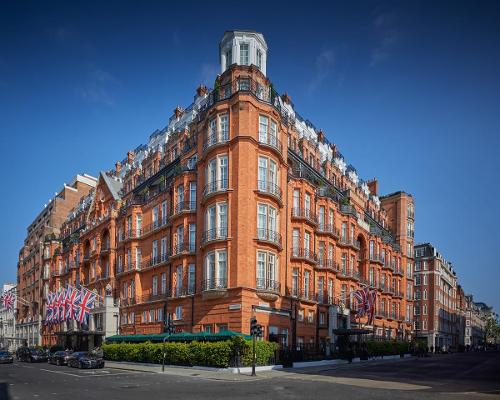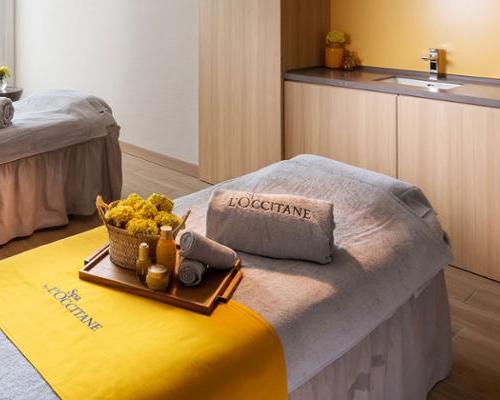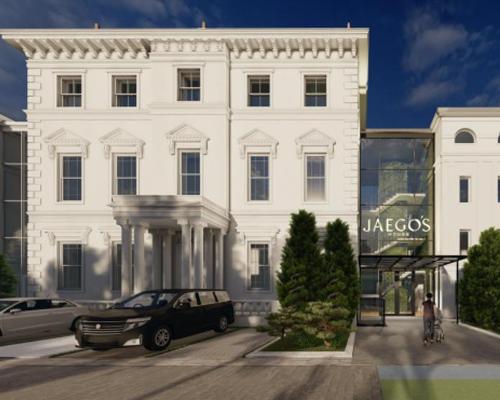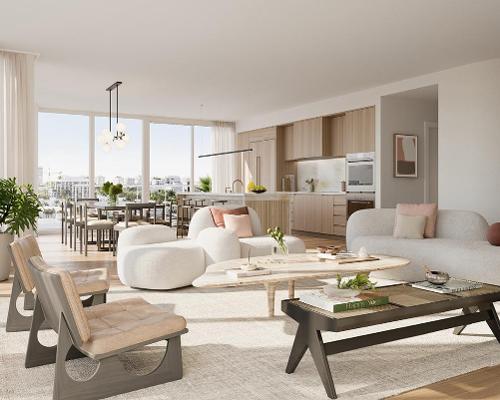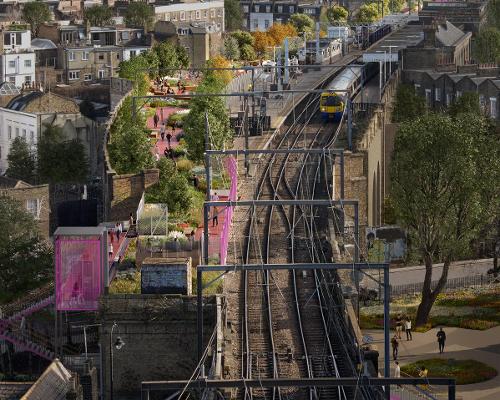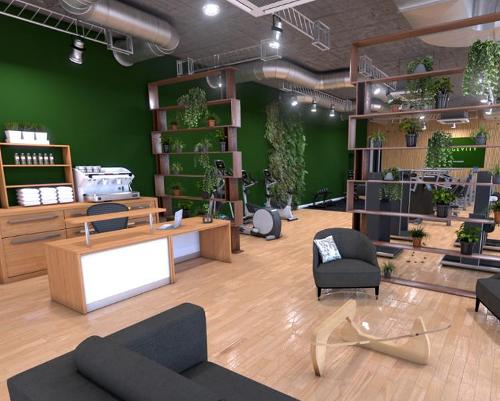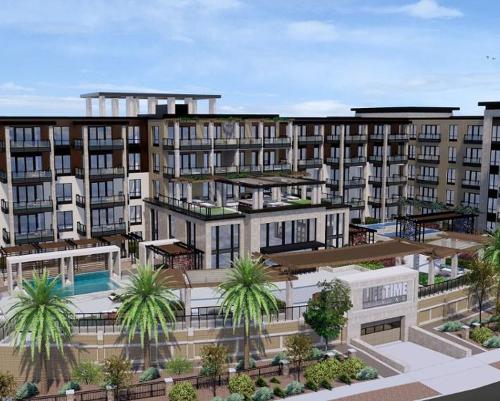NHS England has today (1 March) announced plans to create 10 ‘healthy new towns’ across the country which will explore and test creative solutions for 21st century healthcare challenges.
The NHS-supported towns – expected to total around 76,000 affordable homes with capacity for up to 170,000 residents – will have a major focus on wellness and will be designed to tackle modern issues such as obesity, dementia and community cohesion.
NHS England is bringing together renowned clinicians, designers and technology experts to reimagine how healthcare can be delivered in these places, to showcase what’s possible by joining up design of the built environment with modern health and care services, and to deploy new models of technology-enabled primary care.
The move is intended to spark creativity and debate on the best ways to tackle England’s burgeoning health crisis. Currently, one in five children aged 10-11 is obese, while physical inactivity is a direct factor in one in six deaths and has an overall economic impact of £7.4bn.
Simon Stevens, the chief executive of NHS England, will use a speech today to the Kings Fund in London to name the sites that form NHS England’s Healthy New Town programme, supported by Public Health England (PHE).
“We want children to have places where they want to play with friends and can safely walk or cycle to school – rather than just exercising their fingers on video games,” said Stevens.
“We want to see neighbourhoods and adaptable home designs that make it easier for older people to continue to live independently wherever possible. And we want new ways of providing new types of digitally-enabled local health services that share physical infrastructure and staff with schools and community groups.”
Active design has been a hot topic in recent months, especially in light of new research which found cities which strive to promote physical activity gain a significant economic advantage. The University of California study – which was commissioned by Nike and UK charity Sustrans – showed areas which foster physical activity enjoy economic benefits such as higher retail revenues plus lower healthcare and crime costs.
Options to be tested at some of ‘healthy new towns’ include fast food-free zones near schools, designing safe and appealing green spaces, building dementia-friendly streets and ensuring people can access new GP services using digital technology.
Expressions of interest in the Healthy New Towns programme were invited last summer, and attracted 114 applications from local authorities, housing associations, NHS organisations and housing developers, far exceeding expectations. The first 10 sites to have been chosen are:
Whitehill and Bordon, Hampshire – 3,350 new homes on a former army barracks
Cranbrook, Devon – 8,000 new residential units
Darlington – 2,500 residential units across three linked sites in the Eastern Growth Zone
Barking Riverside – 10,800 residential units on London’s largest brownfield site
Whyndyke Farm in Fylde, Lancashire – 1,400 residential units
Halton Lea, Runcorn – 800 residential units
Bicester, Oxon – 393 houses in the Elmsbrook project, part of 1300 new homes planned
Northstowe, Cambridgeshire – 10,000 homes on former military land
Ebbsfleet Garden City, Kent – up to 15,000 new homes in the first garden city for 100 years
Barton Park, Oxford – 885 residential units








